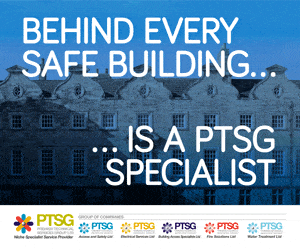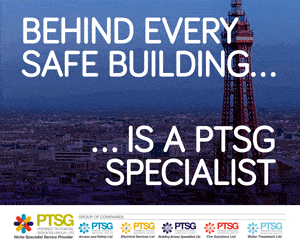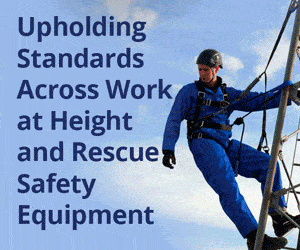Businesses and facility managers must be upgrading their lift communication systems ahead of the nationwide switch-over from the Public Switched Telephone Network (PSTN) lines to digital networks.
This major transition in telecommunications is being led by Openreach and is set to be completed in 2027. Yet, many providers have already begun the transition and are aiming to complete before the set deadline.
Dan White, Service Director at Stannah Lifts, warns: “Failure to update lift communication systems in advance of the switch from PSTN lines to Global System for Mobile Communications (GSM) digital networks could lead to safety risks and non-compliant lifts, as all lifts must have a working emergency phone system to comply with EN 81-28 regulations.”
How does the PSTN transition to digital networks affect lifts?
Many older lifts are equipped with emergency phones, auto-diallers, and depend on analogue dial tones and DTMF signals carried by PSTN lines to make calls to emergency services if someone becomes stuck in a lift. Once the PSTN lines are switched off, these lift communication systems will no longer work, leaving passengers trapped in lifts without a means of communication.
While telecom providers offer analogue converter sockets, they are not universally reliable, especially for emergency alarms needing failsafe operation during outages. Even with adaptors like analogue telephone adaptors (ATA), optical fibre networks may not always be compatible with existing lift alarm systems.
As a result, lifts may be taken out of service unless upgrades to digital alternatives like VoIP or cloud telephony are made.
How can I ensure my lift remains compliant?
When traditional PSTN lines are switched off, a lift’s communication system must be upgraded to a GSM-based solution to remain compliant with lift safety regulations. This upgrade should include a certified GSM unit supported by a battery backup to ensure operation during power outages. This change is not just a technical update but a critical safety measure to ensure that emergency calls can still be made from the lift at all times.
Dan White shares: “We want to ensure all lift owners are ready for this transition and that their lift communication systems remain fully operational. Without a GSM connection, auto-diallers will fail to work, leaving passengers trapped with no means of communication in an emergency. Lift owners and facility managers should check whether their lift emergency
phone still relies on PSTN lines. If it does, they need to contact their telecom provider to confirm when the PSTN service will be switched off, if it hasn’t already, so they can plan and implement the necessary upgrades to keep their lifts safe and compliant.”
What is the GSM network?
GSM, or mobile cloud telephony, is a cost-effective alternative to PSTN and requires no physical phone line. It incorporates a battery backup to ensure continual operation even during power outages.
The GSM unit can be easily integrated with a building’s existing lift system. Stannah’s managed SIM service provides customers upgrading to GSM systems with the best available network for strong signal coverage with 24/7 connectivity. It also allows remote monitoring to ensure any signal disruptions, battery backup issues or SIM data faults are detected and resolved before any real issues occur.
Dan White says: “If lift owners are in any doubt about which system their lifts have, we encourage them to get in touch with us and we will guide them towards the appropriate solution, irrespective of the lift manufacturer.”
For more information or assistance with upgrading your lift emergency communication system to GSM, contact Stannah Lifts at www.stannahlifts.co.uk
























































